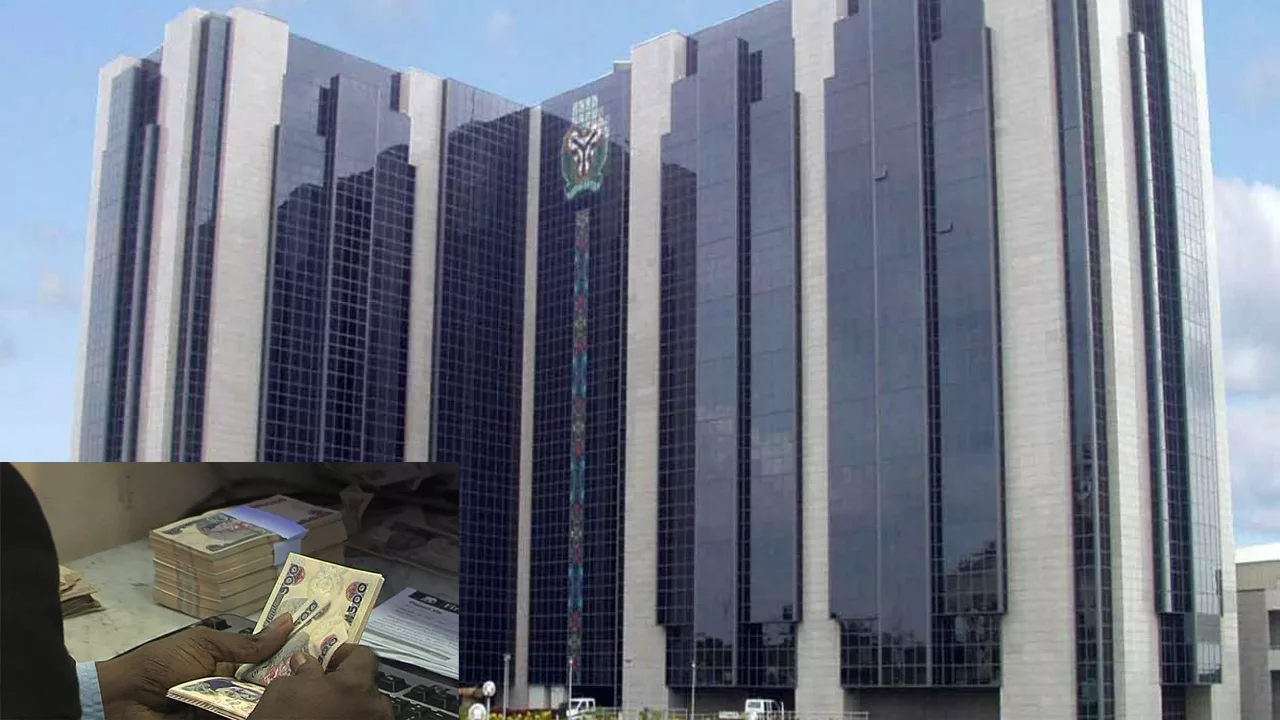The decision of the Monetary Policy Committee (MPC) of the Central Bank of Nigeria (CBN) to halt further increase of monetary rates has been described as one that will benefit the banks.
According to analysts at FBNQuest, they said the link between MPR and interest rates is an impetus for better deals.
“Given that lending rates are closely linked to the MPR, we expect banks to continue to benefit from the elevated interest rate environment in the near term”, they said.
In line with projections, all members of the Monetary Policy Committee (MPC) of the Central Bank of Nigeria (CBN) unanimously voted to hold the benchmark policy rate at 27.50 percent.
The committee also left the asymmetric corridor of +500/-100 basis points around the MPR unchanged, the Cash Reserve Ratio (CRR) of Deposit Money Banks (DMBs) at 50 percent, and that of Merchant Banks at 16 percent as well as the Liquidity Ratio (LR) at 30 percent.
Addressing journalists at the end of the two-day meeting of the MPC in Abuja, CBN governor, Mr. Olayemi Cardoso, said the committee was unanimous in its decision to hold rates at current levels.
Cardoso said, “At this meeting, the Monetary Policy Committee noted with satisfaction recent macroeconomic developments which are expected to positively impact price dynamics in the near to medium term.
“These include the stability in the foreign exchange market with the resultant appreciation of the exchange rate and the gradual moderation in the price of Premium Motor Spirit (PMS).
“Members, however, were not oblivious of the risk of persisting inflationary pressures driven largely by food prices”.
Analysts at FBNQuest said the decision to keep rates constant was in line with their expectations.
“We had anticipated a hold decision because of the moderation in the headline inflation reading to 24.5 percent year-on-year (y/y) in January 2025, from 34.8 percent in December 2024, after the CPI rebasing.
“While members of the committee could have loosened monetary conditions in response to improved inflation figures, they opted to adopt a cautious policy stance in order to fully evaluate the trajectory of inflationary trend.
“The committee, in reaching this decision, reviewed recent developments in the global landscape, including the recent aggressive tariff sanctions by the US on its key trading partners, which may drive inflationary pressures and hinder economic growth.
“On the domestic front, members acknowledged the improvement in key economic indicators, particularly the moderation in Nigeria’s headline inflation, following the CPI rebasing exercise.
“Other notable economic developments include improved crude oil production and a buoyant external reserves position.
“Additionally, the committee also acknowledged the sustained efforts of the central bank in stabilising the exchange rate market, attributable to improved market liquidity and FX initiatives.
“Members of the committee commended the recent efforts of the fiscal authorities in improving economic conditions and addressing persisting challenges in the food sector.”
However, it called for coordinated efforts between the fiscal and monetary authorities in addressing inflationary pressures in the country and achieving price stability.
“The CBN governor pointed out that the CPI rebasing methodology reflects the current pattern of household consumption and reiterated that policy decisions will be determined by future macroeconomic data.
“Taking into account the improved inflation outlook and the need to support economic growth, the governor also hinted at an imminent loosening of monetary conditions.
“In terms of implications, the pause in rate hikes is expected to result in lower yields in the fixed-income market, driven by market expectations of possible rate cuts in the upcoming MPC meeting.
“Post-MPC decision, the secondary market was predominantly bullish, with the average yields of treasury bills and bonds declining to 20.21 percent and 19.79 percent, respectively, from pre-meeting yields of 21.96 percent and 19.92 percent.
“Despite the notable activity in the short-to-mid end of the curve, we expect a gradual flattening as investors shift towards long-duration instruments to hedge against potential rate cuts and yield reductions.
“We anticipate a mild reaction in the stock market. However, lower market yields may likely lead to the reallocation of funds into equities on the back of promising performance in key sectors”.




 2 hours ago
22
2 hours ago
22








 English (US) ·
English (US) ·